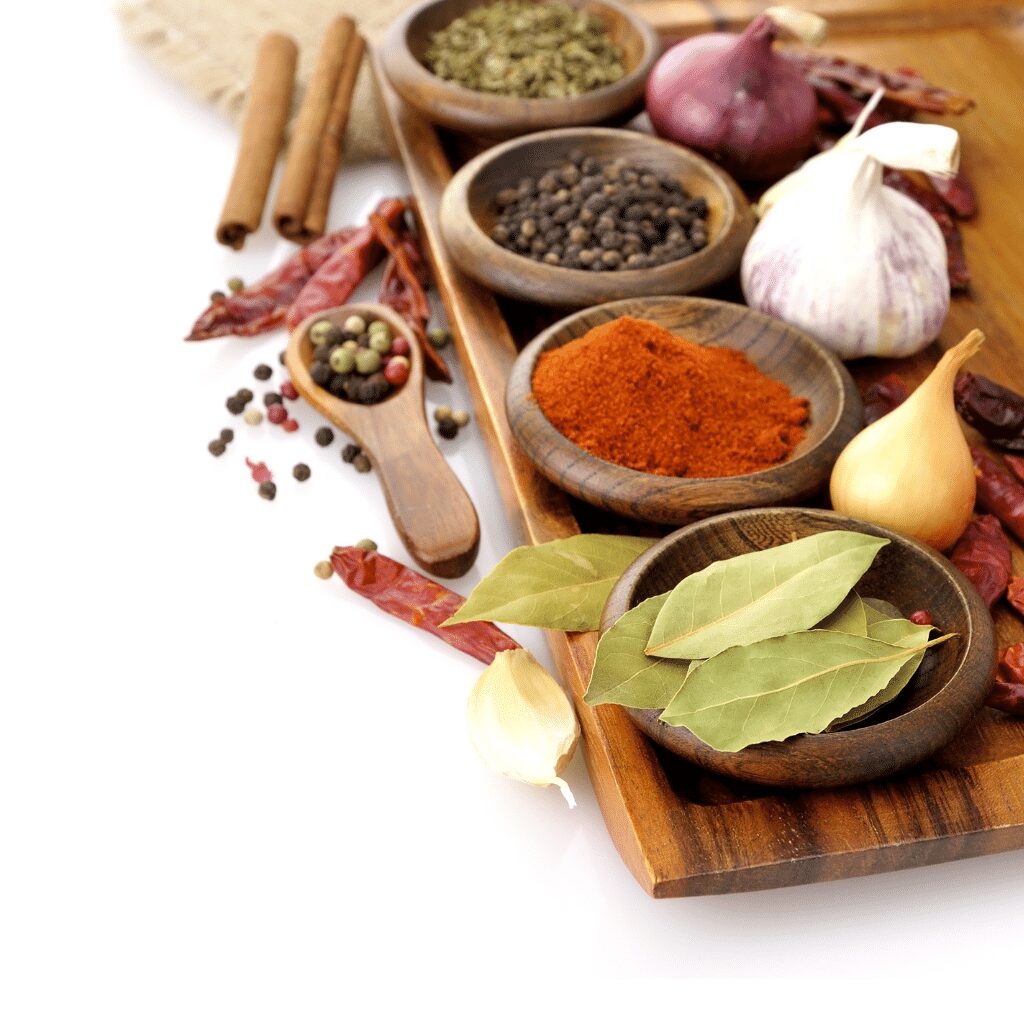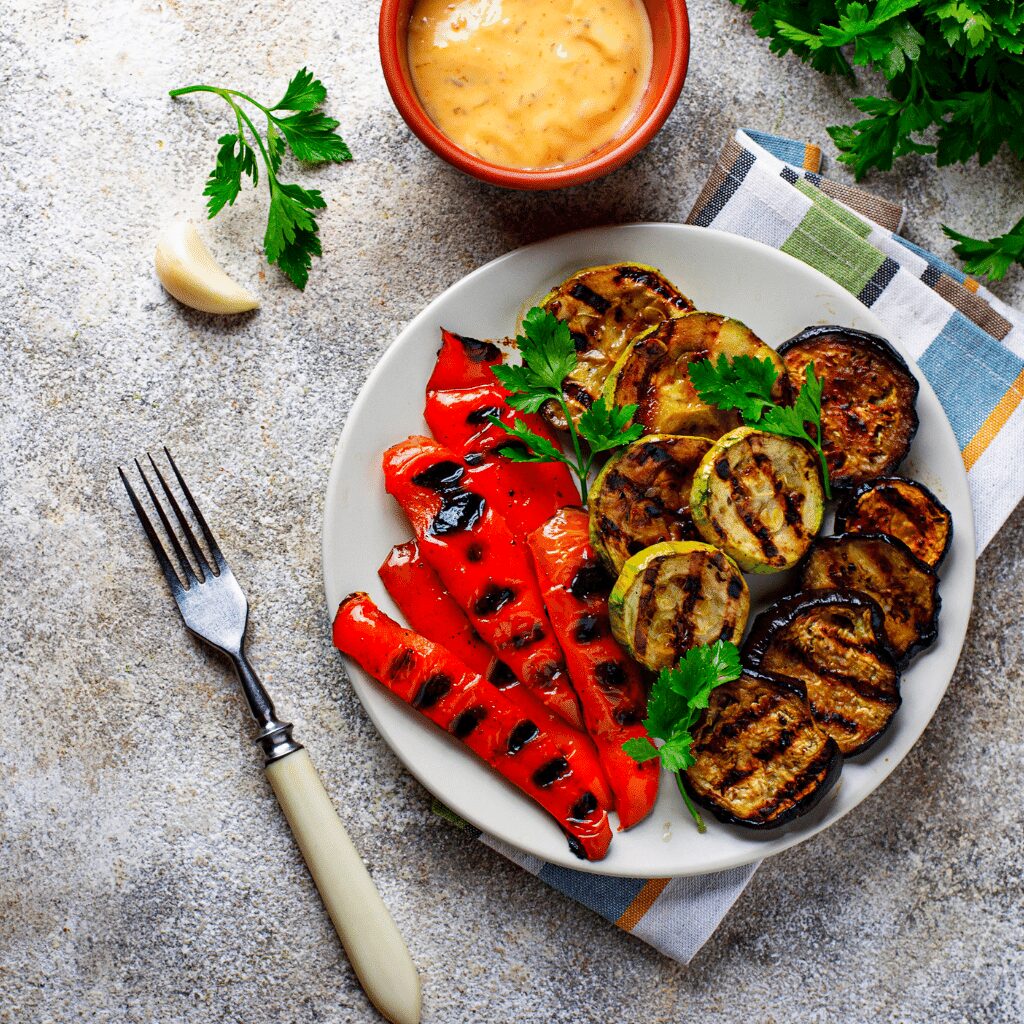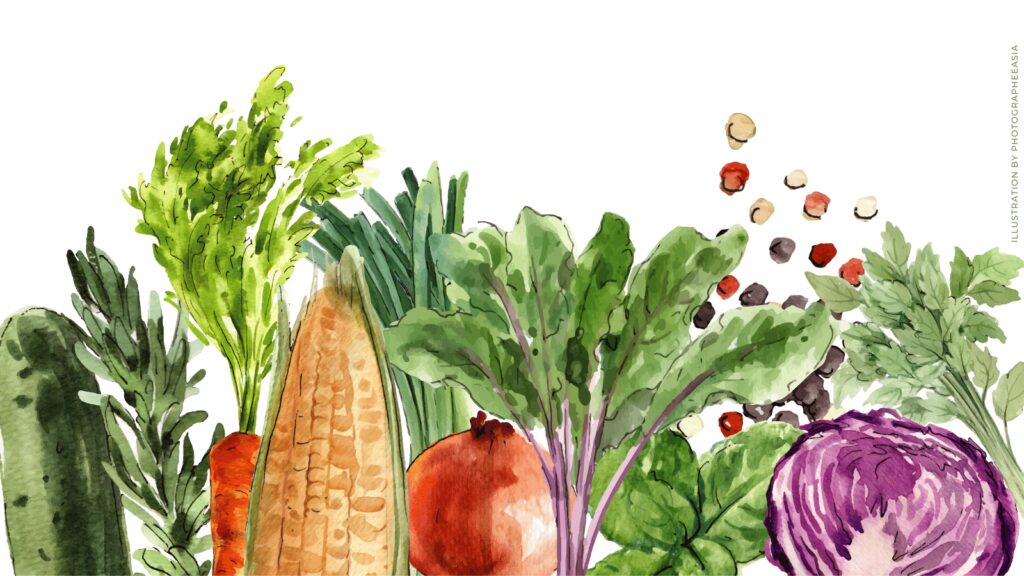Join the new year’s revolution : Veganuary 2021 on budget.
Planning on doing the “30 days vegan challenge” this January and crush veganuary ?You’re not alone !
Veganuary : Going Vegan This January and Beyond
Growing consciousness of the link between animal farming and the climate crisis is undoubted responsible for the rise of veganism.
Veganuary movement was started in 2014. It is a term that comes from A UK-based nonprofit of the same name to encourage people to try out and consume plant-based diet for the month of January. Their mission is simple : to inspire and support people to try vegan, drive corporate change, and create a global mass movement championing compassionate food choices with the aim of ending animal farming, protecting the planet and improving human health. In 2020 alone, at least 400,000 people worldwide signed up to give up dairy and meat in January.
Veganuary on Budget is Possible
Opting for plant-based diet can feel bit overwhelming. Many mistakenly assume that being vegan is expensive, but it is actually the opposite. it depends what you buy and how you cook. Here are a quick and dirty tips to nail the challenge while keeping food costs down without sacrificing flavour and variety :
1. Buy Local
This is the key to making your grocery bill go way down. Buying locally produced and sourced food ingredients has benefits for the economy, environment, and our health. Not only buying locally help stimulate the local economy, it also reduces transport emissions.
2. Buy In Bulk (whenever possible)
It is important to stock up on vegan pantry essentials. Whenever possible, choose to buy dry ingredients such as lentils, dry beans, millets, chickpeas, bulgur wheat and other vegan essentials from bulk stores. All you need to is give the dry ingredients such as lentils, chickpeas, and beans a soak overnight before cook it.
Another bonus : buying in bulk from store will also help reduce the packaging waste.
3. Stick to Basic, Seasonal Ingredients
We are massive fans of these ! So much easier to stick with basic, seasonal plant-based and vegan ingredients. You can always find all sorts of vegan gems at much lower costs. Think tofu, tempeh, jackfruits, and sprouts.

4. Cook from Scratch
For an incredibly affordable vegan or plant-based meal, it is recommended to cook from scratch. It doesn’t have to be overly complicated. You can start easy by switching up food items that have similar tastes or textures to meat. You’ll get the hang of it real quick. After your first week of cooking vegan recipe, take a minute to think about what worked for you and what didnt.
5. Be Fearless with seasoning
Being fearless with seasoning is essential when cooking vegan or plant-based recipe. Salt always helps as does an addition of citrus juice of some sort, but the key is to be really adventurous with pairing vegetables via spices.
Here are some spice ideas for roasted vegetables :
– cauliflower with salt and turmeric
– potatoes with paprika, salt and garlic powder
– zucchini with salt red pepper flakes, oregano or basil
– butternut squash or sweet potato with chili powder, cumin and salt
– beets with salt and dried rosemary

6. Marinate, Marinate, Marinate
Marinating animal proteins is common cooking technique, hence it should whole-heartedly be applied to plant-based protein as well. Marinated tofu or beans are great for salad or a dish of their own. Any marinate that works for chicken or fish will also work wonders for a soy-based protein.
7. Experiment with Textures
Similarly, vegetables or other plant-based proteins can also be breaded and fried or seared and braided or slow-roasted. Whatever cooking technique results in textures you already like on some food, you can also apply to plant-based protein as well. For examples : breaded and fried tofu, tempura vegetables, braised cabbage, slow-roasted sweet potatoes, and braised tofu or tempeh.
8. Mix Sweet and Salty
Mixing sweet and salty can enhanced the flavour of the dish. Mixing soy sauce or tamari with maple syrup and a bit of smoked paprika or chipotle pepper sauce can be a great addition to bean or lentil dishes. You can also make this sweet/salty combination for marinating vegetables before they get roasted, grilled or fried.

9. Grill – charring – Roasting : you Name it
Most vegetables taste better roasted than boiled and most can be roasted at 400 degree Farenheit for 20 – 40 minutes after being tossed with some sort of an oil and, at a minimum, salt and spices. This was vegetables caramelise same and get soft without turning fully into mush. Throwing vegetables on the grill or searing them in a pan can give them smokiness and savouriness that we often associate with barbecue.
Nailing the veganuary challenge on budget is possible. Do you have any other tips and tricks ? Share in the comments below
10. Make it Creamy
The kind of creaminess that we often associated with dairy can be replicated and approximated by blending nuts (such as cashews, almonds, macadamias, even walnuts) or seeds (such as sunflower, hemp or pepitas) into smooth sauces or substituted with mash avocado or runny tahini. As a side note, nut and seed ‘creams’ are better for sauces while tahini and avocado work better in dressings and other mixtures where they can stay raw.
Many vegetables, such as steamed cauliflower, raw carrots, steamed beets can also be blended into very creamy sauces.


